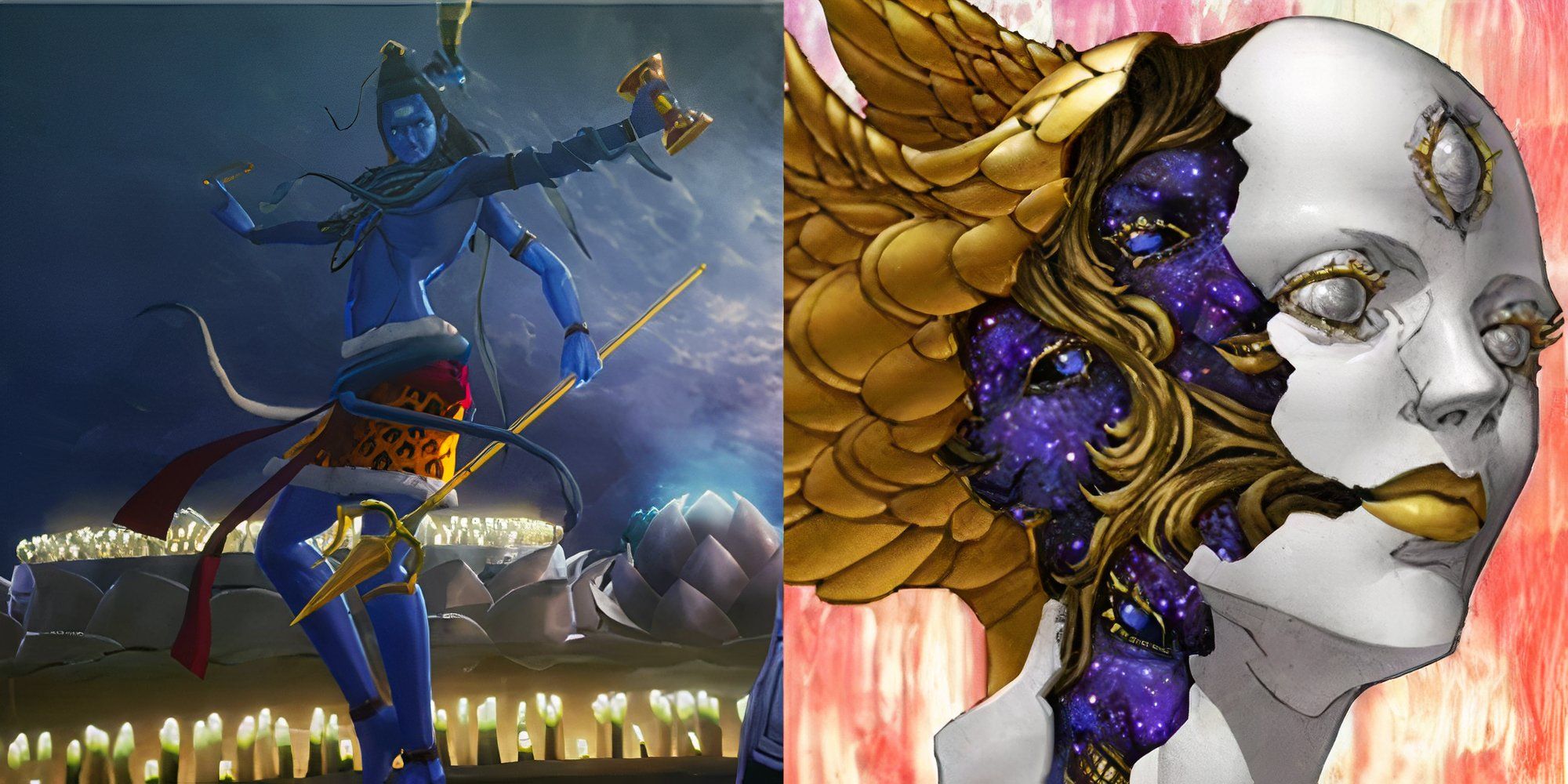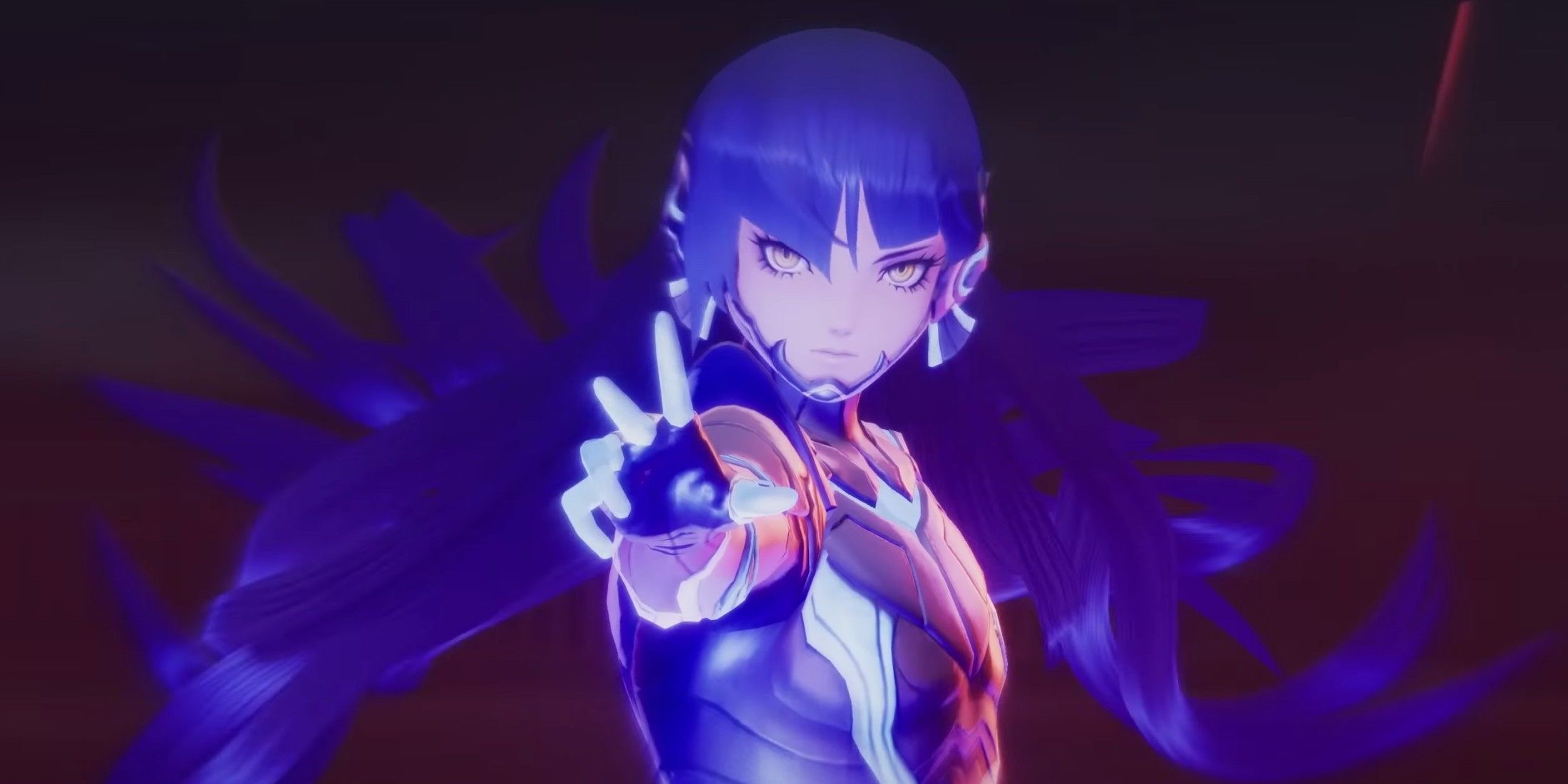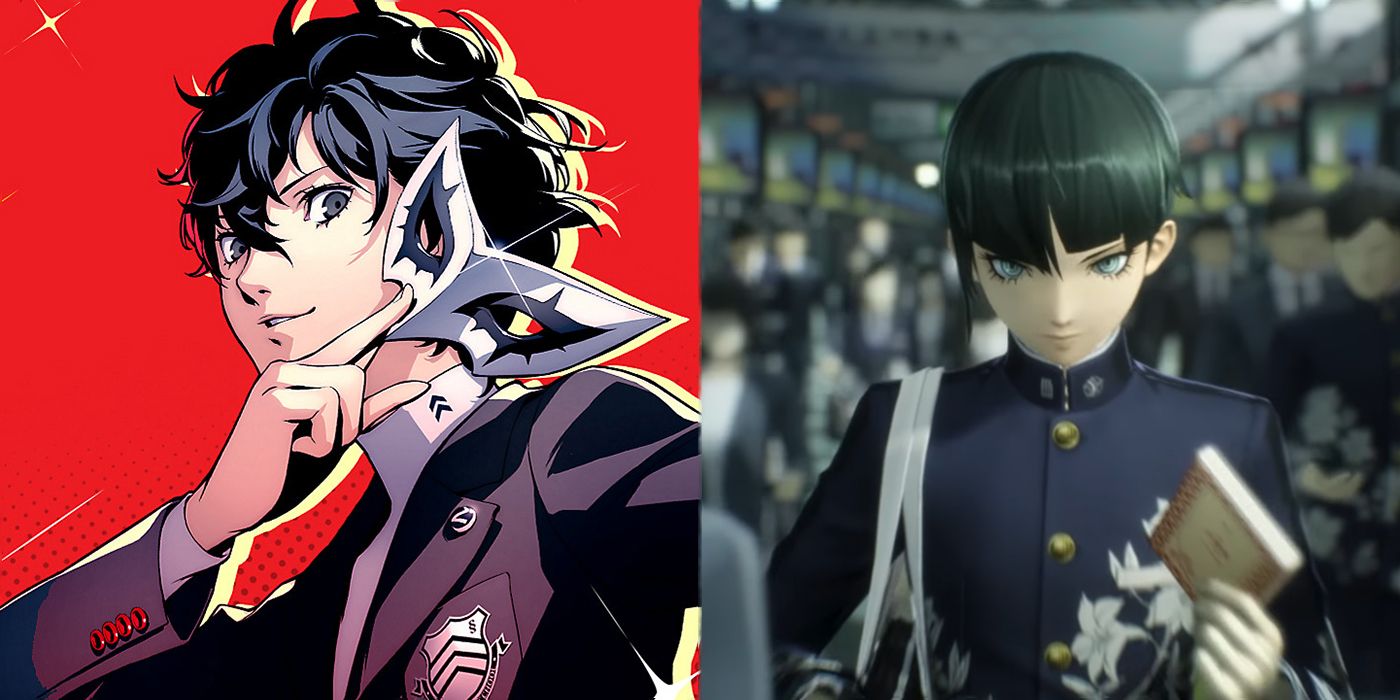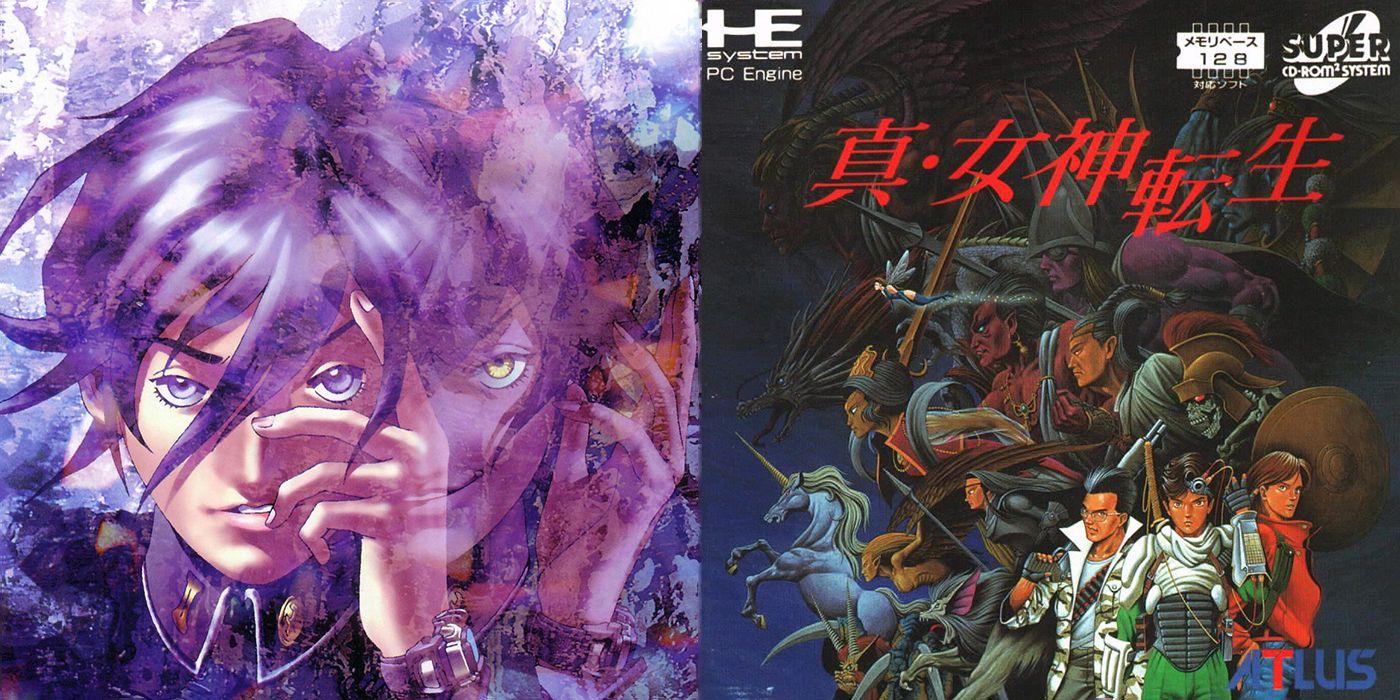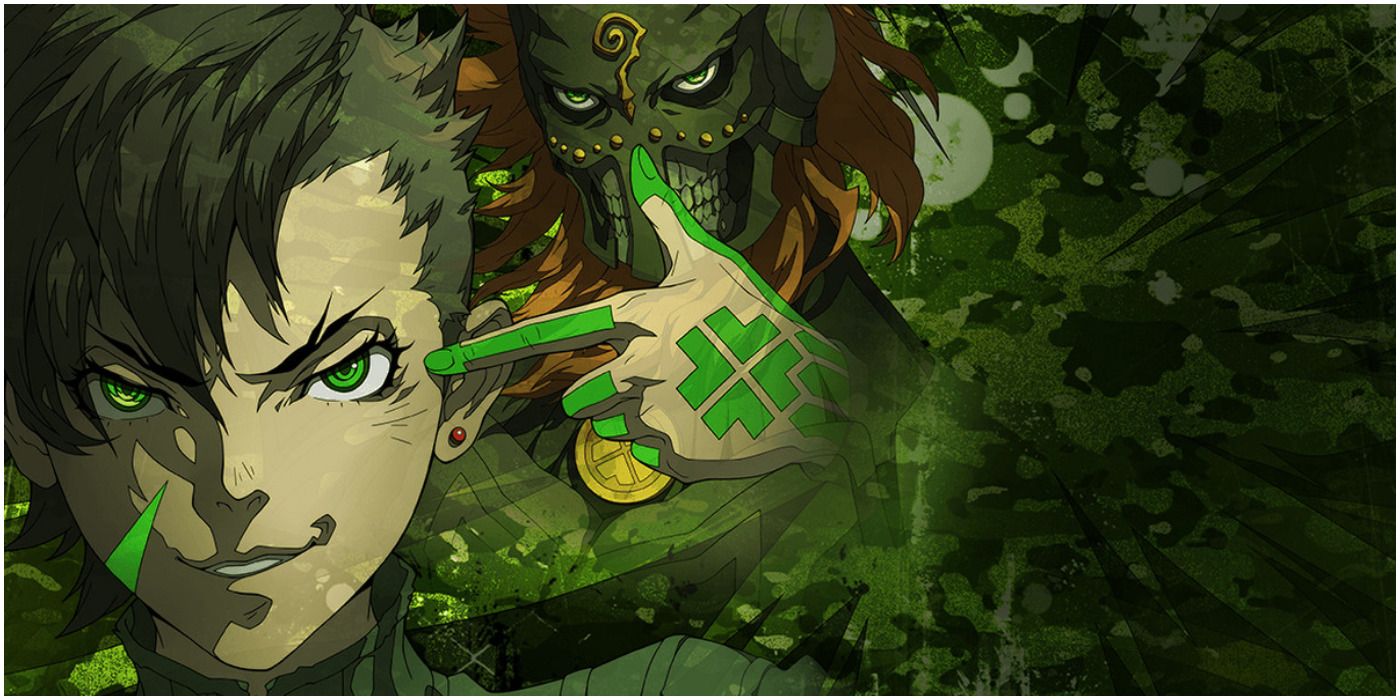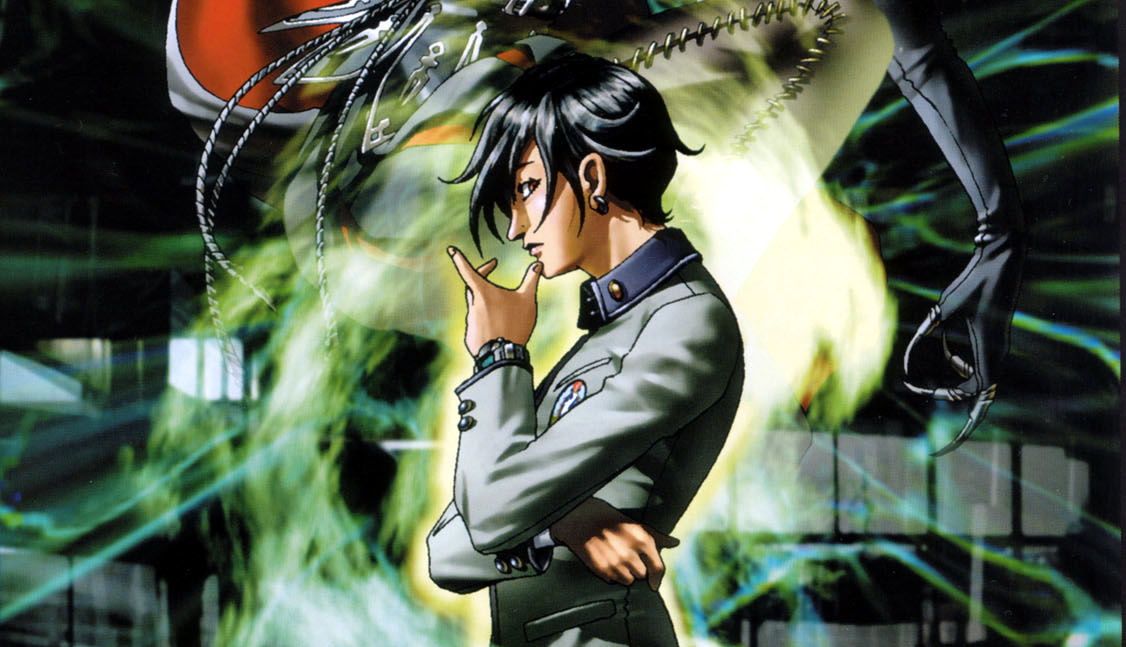Used to be the Persona series was a spin-off of the original Megami Tensei RPG series. While the first Persona game was released in 1996, many of the base concepts and enemy types are based on the creations of Kazuma Kaneko, as far back as 1987. Many of the JRPG gameplay mechanics and dungeon crawling carry over from Shin Megami Tensei as well. Over time, each series distanced itself from each other, whilst keeping some of the foundational elements between each one.
Right around the time of Persona 4's popularity and initial success, Atlus seemed to make the internal decision to separate the Persona series from the overarching Shin Megami Tensei series as a result. Thanks to Persona 3 defining the series' identity and Persona 4 proving the games had its own legs to stand on as a franchise, subsequent games moving forward have been part of their own Persona franchise. Now both franchises exist in harmony with one another, with Persona 5 Royal finding incredible success and the original franchise making a comeback with Shin Megami Tensei 5.
The Foundation of SMT and Persona
Everything started with the Shin Megami Tensei series, or more accurately with the the first game in 1987: Digital Devil Story: Megami Tensei. A lot of the base mechanics of both Persona and Shin Megami Tensei started here, like the turn-based combat and even enemy negotiation, which still exists to this day in Persona 5. Then Shin Megami Tensei, released in 1992, was essentially a modernized remake that Atlus wanted to serve as the start of a new franchise. The most prominent mainstay from Shin Megami Tensei were the monster designs from the game, the "Demons" initially designed by Kazuma Kaneko. While many of these designs have been modified and adapted in the years since with 3D graphics, they all remain faithfully true to Kaneko's initial designs.
Shin Megami Tensei and Persona differentiate themselves from each other pretty substantially now, but back during the early 90s, the differences weren't as drastic. Persona was born out of what was initially just a spin-off game of the main series: Shin Megami Tensei If... (1994). Based on inspirations from that Megami Tensei game, Revelations: Persona (otherwise known as Shin Megami Tensei: Persona) was the progenitor for the franchise and also marked one of the first Atlus games to be published for western audiences. While many of the modern Persona mechanics were yet to come, all of the Megami Tensei JRPG mechanics were there. The main difference between Revelations: Persona and the main franchise was that characters adopted the Demons (or "Shadows") as their titular "Personas," physical manifestations of their will.
It wouldn't be until the third entry in both the Persona and Megami Tensei series where the two truly became their own franchises. All of the social simulator aspects and different combat mechanics for Persona came with Persona 3. Shin Megami Tensei: Nocturne doubled down on the dark, demon-filled tone that initially made the series popular.
Individual Success For Both Series
Shin Megami Tensei: Persona 3 is really when the series evolved into its own franchise. Thanks to the innovations made by Katsura Hashino, many of the mainstay elements to Persona's social simulator and dungeon crawling duality persist to this day. Released in 2006, Persona 3 was the first game to introduce the calendar-based tracking system that emulates the daily life of a student, whilst also mixing with the usual JRPG journey of its predecessors. Balancing both sides of Persona 3 was what made the game so unique, and has since become the identifying framework of Persona as a franchise.
While Shin Megami Tensei: Nocturne didn't meet Atlus sales expectations upon release, the game did end up becoming a cult classic in the overarching Megami Tensei series. Considering Atlus announced a Nocturne remaster to great fanfare, it's not an unfair assertion. The game takes place in its own self-contained story, and doesn't require any context from previous releases. All of the best JRPG aspects from the original games were successfully transferred into a 3D sequel with multiple endings and plenty of systemic depth. The game is fantastic in its own right, but next to Atlus' newest hit Persona 3, it paled in comparison to what's widely considered one of the best RPGs of all time.
Why Separated Franchises is Better
This was largely why the two franchises split off officially with Persona 5 and now Shin Megami Tensei 5, and frankly both franchises benefit from it. While each franchise shares a similar tone story-wise, the perspective is far different. Not only with the thematic difference in Demons and Shadows/Personas, but Shin Megami Tensei is far more apocalyptic and poetic compared to Persona's light-hearted dynamic tone. The social simulator aspects and calendar-style progression in Persona also doesn't realistically match Shin Megami Tensei's apocalyptic design anymore.
Other than demons and shadows embodying the same creatures of myth in both franchises, it makes sense that Persona and Shin Megami Tensei are different games now. Even though many would figure Persona has seen far more success compared to the mainline series, and to some extent that's true, it doesn't tell the whole story of how both franchises have seen their own respective success and even have their own dedicated fan bases now. Each deserves to stand on their own, even though Megami Tensei was the foundation for it all.
Shin Megami Tensei 5 is coming to Nintendo Switch in 2021.

